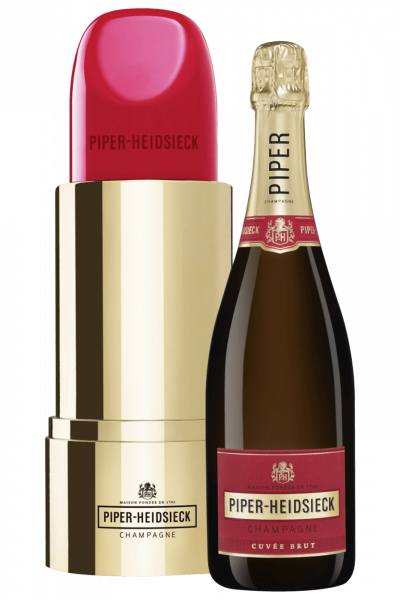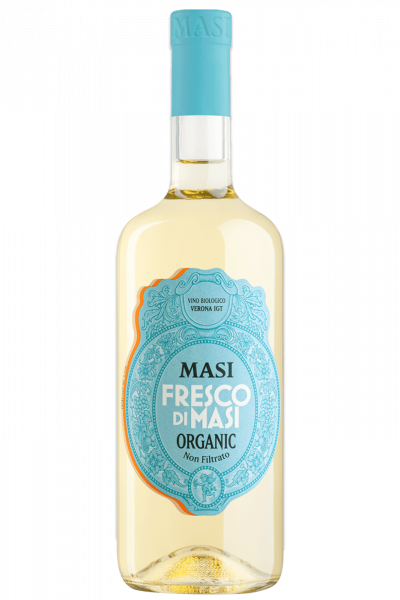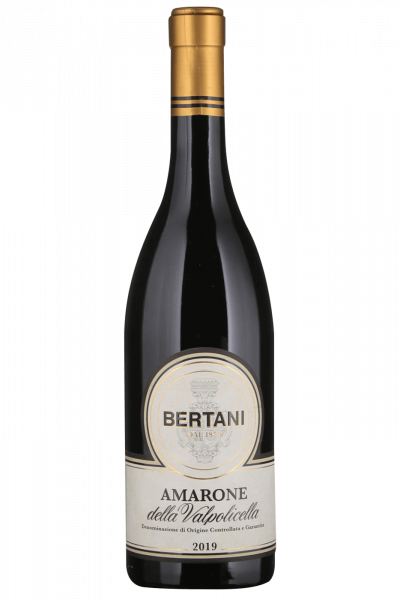
Santoni Amaro Toscano 34 herbs FIRENZE
Authentic Fine Food imported from Italy
U.S. UPS / DHL Express Shipping
Refrigerated safe transport
Secure payments
Why it’s so delicious?
AMARO SANTONI, THE APERITIVO BORN IN FLORENCE The history of Tuscany over the last 6 centuries has inspired the Italian “Gusto” we know today. Gabriello Santoni during the wondrous Dolce Vita Time has crafted this unique blend of precious and iconic botanicals; Rhubarb Root, Iris Flower and Olive Leaf creating a contemporary and delightful Dolce-Amaro Aperitivo.

Amaro Santoni is a top-quality liqueur made with 34 herbs, inspired in one of the most private and personal recipes of Gabriello Santoni, created in 1961.
A new way to drink, for those who love the original taste of life. With its moderate alcohol content of 16%, it is ideal for savouring in a versatile manner day or night. Exquisite for sipping in the tranquility of your home, great for sharing when out with friends. Fragrant and light, Amaro Santoni expresses its flavours in a captivating and modern way. An original product brimming with charm, to drink on its own or to savour through the creations of mixologists all over the world.

A new and original way to drink.
For those who love the original flavour of life.
Drink happily.
Amaro Santoni is an independent, intelligent and exciting choice. A product that contains all the vitality of youth and enthusiasm for the future, to be enjoyed neat or in creative cocktails crafted by professional mixologists all over the world. Drinks based on Amaro Santoni offer a incredible array of flavours to be explored. Because its quality is exalted by simplicity.
34 Botanicals
Chinese Rhubarb, Iris Flower, Olive Leaf, Rose, Elderflower, Ginseng, Pepper, Cardamom, Nutmeg, Cloves, Mint, Sweet Orange, Bitter Orange, Cumin, Artichoke, Coriander, Lemon Balm, Sage, Angelica root, Rosehip, Linden, Wormwood, Cinchona, Lavender, Hibiscus, Cassia, Galangal, Quassia, Centaury, Gentian, Juniper, Ginger, Laurel and Wild fennel.
Rhubarb, the history within the name.
When talk about rhubarb, we are referring to rheum palmatum or rheum officinalis bail, although some 20 species of rhubarb (rheum) are known today, not to mention the wide variety of equally widespread hybrids.
Rhubarb gets its name from two Greek words: rha (meaning plant) and barbaron, a word indicating that the plant was already popular among foreign tribes know to the Greeks as barbarian.
From Asia to the West.
The true origins of rheum palmatum are entirely Asian. It thrived on the high plains and mountainous regions of Central Asia, the Caucasus, Siberia, Tibet, Mongolia and China, areas where it was already in wide use some 2,700 years before Christ.
The hundreds of centuries of Chinese isolation kept rhubarb all but unknown to the rest of the world until the mid-1200s, when, with Marco Polo’s expeditions, commerce with the Orient began to enjoy a certain continuity.
But it wasn’t until the 1500s when European (including Italian) physician-botanists were able to observe and study rhubarb plants first hand, and soon a wide variety of properties and applications were attributed to it.
From medical use to the aperitivo.
Renaissance doctors and pharmacists used traditional Chinese medical science to discover that rhubarb, and in particular its rhizome, could be beneficial in treating maladies of the digestive tract. Thanks to its digestive properties, for centuries now it has been used to cleanse and stimulate the liver and intestines, and as a decongestant and antiseptic.
Blessed with a very distinct bitter flavour, the ribs and roots of the plant are now mainly used to make sweets and liqueurs.
Because of its bitter-aromatic characteristics, for years it has been enjoyed as an aperitivo, a drink that helps stimulate the appetite and aid digestion.
 |
Origin: 16% Vol. |
Authentic Italian product |













